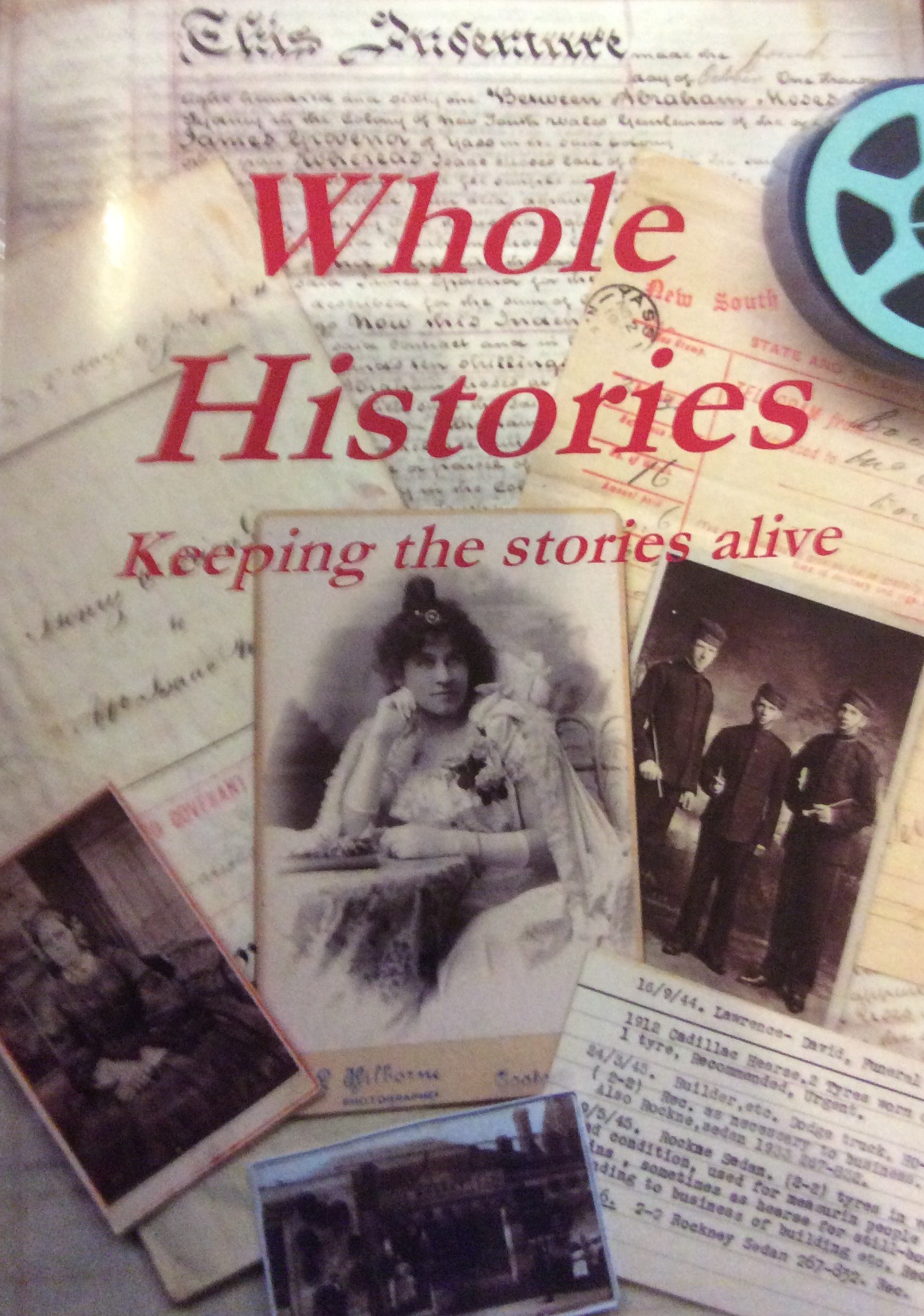The theme of the 2018 Heritage Festival this year is: ‘My Culture, My Story’
According to the Macquarie Dictionary culture is “the sum total of ways of living built up by a group of human beings, which is transmitted from one generation to another”. History can be defined as “the record of past events, especially in connection with humankind”. It is also more simply “the story of the past”. History requires both the events and people and a storyteller.
Queanbeyan Museum explores the interactions between culture and history. You will see the embodiment of British culture in the story of the Museum building, read something of the Aboriginal culture which existed for centuries before the arrival of the Europeans, and see examples of the contributions of the various generations to the history and culture of this place. We hope you will also take the opportunity to contribute your stories and share cultural experiences. You can do this simply in conversations, by joining our oral history program or by contributing articles to our historical journal, Quinbean.
As we see in our Annual Heritage awards place is also important in developing culture and helps form the history of the people of that place.
The museum is a central location for seeing the meeting of culture and history. Apart from the small number of indigenous artefacts in our collection and an oral history interview with a Wiradjuri woman who has made Queanbeyan her home, the Museum’s location is near a meeting place for the different groups of local aboriginal peoples. The British takeover of the district is symbolised in the building, which was the Police Sergeant’s residence from 1876 to the 1970s, representing the ultimate symbol of British law and order. In the museum we have the stories of bushrangers who made the presence of the law particularly necessary. I can still remember a time a few years ago when we had a visit from a descendent of Alured Faunce, our first policeman, and soon afterwards descendants of the Clarke bushranging family. The residence was also a family home and has been visited by a woman who grew up and played here as a child.
On February 8, the great grandchildren of John Kealman (who is featured in our exhibitions) were thrilled to visit the museum. John Kealman had helped build the Police Sergeants Residence the museum is in, as well as the Court House, the Post Office and St Stephen’s Presbyterian Church in the 1870s, and Walsh’s Hotel in 1885. They were thrilled to see so much information on John Kealman in the museum, the bricks and buildings.
In short this building is the focus of many stories of Queanbeyan. The people and events which make up these stories have helped to mould the culture of our city and district. And, just as there are many stories, so there are many variations of the culture.
There is a new exhibition which replaces the Harry Hesse story (this will become an on line exhibition, watch this space) represents an innovation: to display, in a changing display, items recently donated or interesting selections from the Queanbeyan Museum archives not previously seen. Thank you to Lee Davy, Fred Monk, Frances and David Flanagan.
The latest exhibition has evidence of the religious culture in the family bible, of household crafts in a pattern book, of sport in the Rockley and tennis exhibits, in commerce in the café items and in multicultural influences in the passports and in family in many exhibits. This exercise could be repeated throughout the museum where the objects and the notes make up a rich record of the influences of people, places events and the passing of time in forming our national, our regional, our group, family and personal ways of life or culture.
There is also a new display to commemorate ANZAC Day in the verandah room, thank you to John Rosewarne, Nancy Monk and Frances and David Flanagan
You are all invited you all to become involved in the museum by joining the society,; by taking part in our oral history project; or if you have a story to tell, make a contribution to our historical journal Quinbean.
John McGlynn
